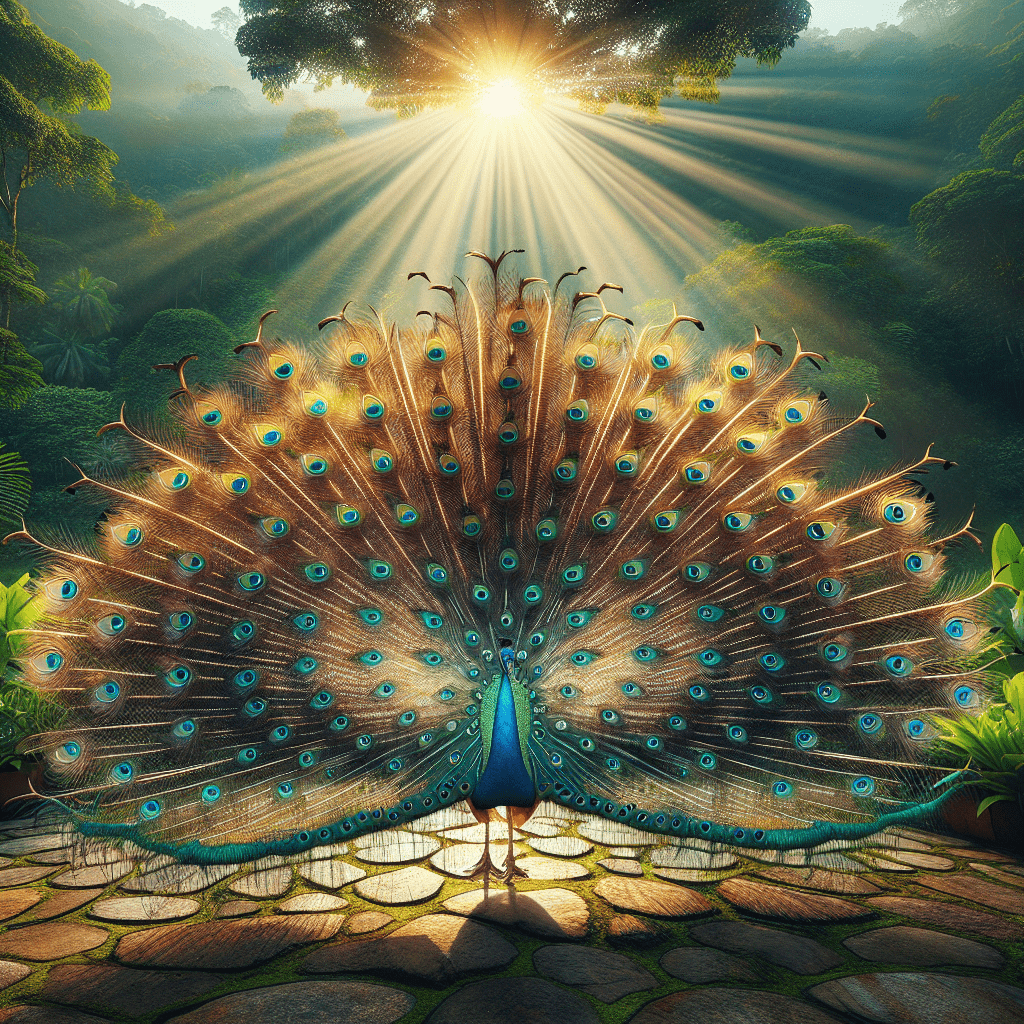Introduction
The peacock, a resemblance of beauty and glamour, is a species that stands out in the animal kingdom with its vibrant colors and extravagant tail feathers. This bird, scientifically referred to as Pavo Cristatus, is known for its elegant and artistic display. It is broadly recognized across cultures as a symbol of grace, pride, and mysticism.
The peacock is also significant in several cultures and civilizations due to its enchanting beauty and the myriad of symbolic interpretations derived from its appearance. From the resplendent blue of its body to a multitude of eyes on its fan-like tail, the peacock is indeed a spectacle of nature’s artistry. This article will delve into the intricate world of peacocks, covering aspects of their natural habitat, role in various cultures, behavior, and species diversity.
Habitat and Distribution
Though the peacock is a native of South Asia and the Malay Islands, the beauty of this bird has led to its transportation across the world. In its natural habitat, the peacock thrives in lowland and foothill regions where it can access water bodies, feed, and nest on the ground. However, some have been found living at altitudes of up to 2000 meters.
Species Diversity
There are three main species of peacocks: the Indian Peacock, the Green Peacock, and the Congo Peacock. Perhaps the most recognized of the three is the Indian Peacock, known for the rich blue of its body and an iridescent tail or “train”. The Green Peacock, unlike its Indian compatriot, has a verdant sheen to its feathers and a tail that is less fan-like and more decorated with opulent patterns. The Congo Peacock is the most distinct among the three with its plumage showing an interesting mix of both blue and green.
Role in Various Cultures
As a creature brimming with grace and beauty, the peacock has found its place in an array of world myths, symbols, and doctrines. The bird is prominently featured in both Greek and Roman mythology. In Hinduism, the peacock is associated with Lord Krishna, who is often depicted with a peacock feather in his cap. In Buddhism, the peacock symbolizes wisdom.
Behavior
Peacocks are fewer among the societal birds and generally live in small groups or pairs. Besides their beautiful feathers, they are famous for their extravagant mating rituals which include bouts of dance and intense vocalization. The bird flaunts its regal tail before prospective female mates, spreading it into a magnificent fan that features hundreds of eye-spots.
Conservation
Although peacocks are not currently considered endangered, their population is under threat due to habitat loss, hunting, and other human activities. Conservation efforts are in place in various parts of the world to ensure the sustained existence of these magnificent creatures.
